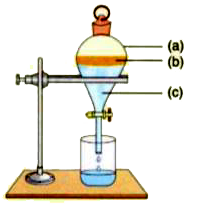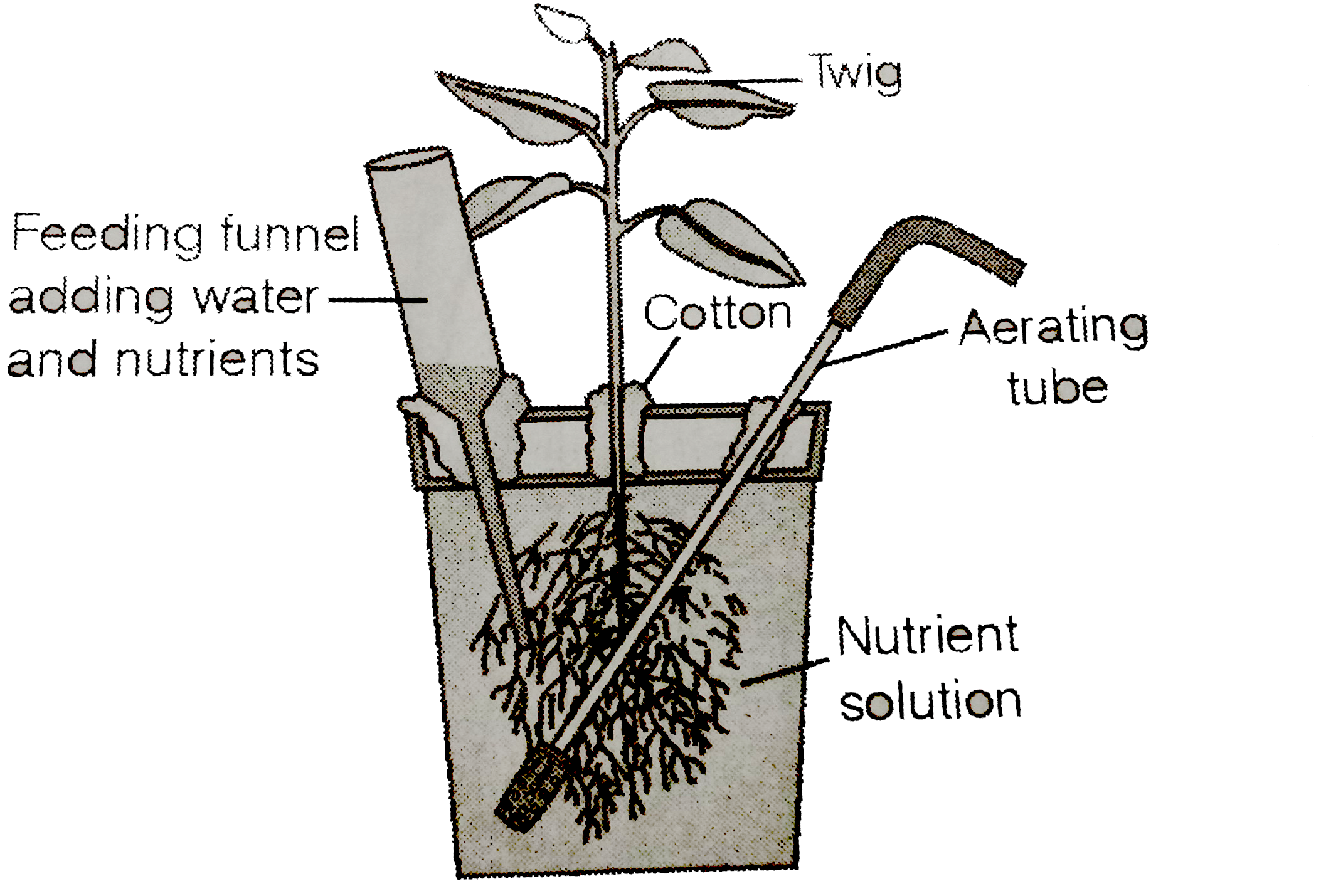Name a technique which is emplyed for the decoration as well as protection of a metallic object .
Step-by-Step Solution:
1. Identify the Technique: The technique employed for the decoration and protection of metallic objects is called electroplating.
2. Understanding Electroplating: Electroplating is a process where a thin layer of one metal is deposited onto another metal using the method of electrolysis. This is done to enhance the appearance of the object and to protect it from corrosion.
3. Noble Metals: In electroplating, noble metals such as gold, silver, or platinum are often used for the plating process. These metals do not easily react with the atmosphere or moisture, making them ideal for protecting the underlying metal.
4. Process of Electroplating:
- An electrolytic cell is set up, which includes a power source, an anode, and a cathode.
- The object to be plated (e.g., an iron spoon) is connected to the cathode (negative terminal).
- A piece of the noble metal (e.g., silver) is connected to the anode (positive terminal).
- An electrolyte solution containing ions of the noble metal (e.g., silver nitrate) is used.
5. Chemical Reactions:
- At the anode, oxidation occurs, where the noble metal dissolves into the solution as metal ions (e.g., Ag → Ag⁺ + e⁻).
- At the cathode, reduction occurs, where metal ions from the solution gain electrons and deposit onto the object (e.g., Ag⁺ + e⁻ → Ag).
6. Outcome: The result of this process is that a thin layer of the noble metal is deposited on the metallic object, providing both decorative appeal and protection against corrosion.
---
- An electrolytic cell is set up, which includes a power source, an anode, and a cathode.
- The object to be plated (e.g., an iron spoon) is connected to the cathode (negative terminal).
- A piece of the noble metal (e.g., silver) is connected to the anode (positive terminal).
- An electrolyte solution containing ions of the noble metal (e.g., silver nitrate) is used.
- At the anode, oxidation occurs, where the noble metal dissolves into the solution as metal ions (e.g., Ag → Ag⁺ + e⁻).
- At the cathode, reduction occurs, where metal ions from the solution gain electrons and deposit onto the object (e.g., Ag⁺ + e⁻ → Ag).
Topper's Solved these Questions
- ELECTROLYSISBOOK - ICSECHAPTER - ELECTROLYSISEXERCISE - QUESTION FOR PRACTICE ON EXAMINATION PATTERN
39 Videos
- ELECTROLYSISBOOK - ICSECHAPTER - ELECTROLYSISEXERCISE - QUESTION
3 Videos
- ELECTROLYSISBOOK - ICSECHAPTER - ELECTROLYSISEXERCISE - QUESTIONS (fill in the blanks )
1 Video
- CHEMISTRY-2015BOOK - ICSECHAPTER - CHEMISTRY-2015EXERCISE - SECTION-II (40 Marks) Attempt any four questions from this Section.
49 Videos
- METALLURGYBOOK - ICSECHAPTER - METALLURGYEXERCISE - UNIT TEST PAPER 6 - Metallurgy (Select the correct answer from the list A,B,C & given in each statement.)
5 Videos
Similar Questions

Name the technique shown in the figure.
View SolutionName the technique which is used for detecting presence of pathogens in an organism.
View SolutionWhich of the following is pollutant as well as protectant?
View SolutionName the techniques used for separation of ink
View SolutionName a metal which is liquid at room temperature.
View SolutionName one chloride which is soluble in hot water as well as in excess of HCl.
View SolutionName a substance which can be used as an antiseptic as well as disinfectant.
View SolutionCarefully observed the following figure

(a) Name the technique shown in the figure and the scientist who demonstrated this technique for the first time.
(b) Name atleast three plants for which this technique can be employed for their commercial production.
(c) What is the significance of aerating tube and feeding funnel in this setup ?
View SolutionName the metal which is extracted from bauxite.
View SolutionName a substance which can be used as an analgesic as well antipuretic.
View Solution
